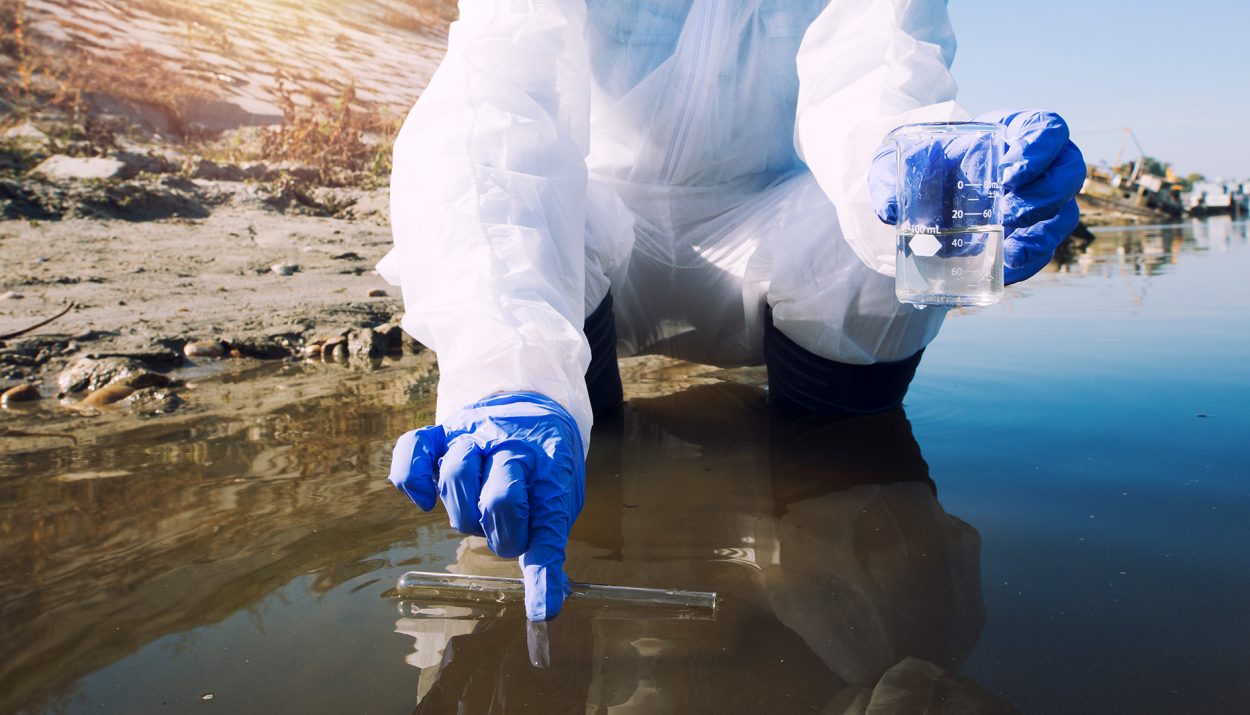Advancements in technology have undoubtedly improved our lives in countless ways. But as with any innovation, there are unintended consequences. Sadly, the rapid pace of technological progress has come at the expense of our planet.
From increased pollution to the depletion of natural resources, the Earth suffers while we enjoy the benefits of modern life. In Virginia, scientists found cancer-causing pollutants in sediments and fish near a coal ash landfill in a waterway.
What Happened?
A group of researchers studied water and sediment samples from the areas around five coal ash facilities in Virginia.
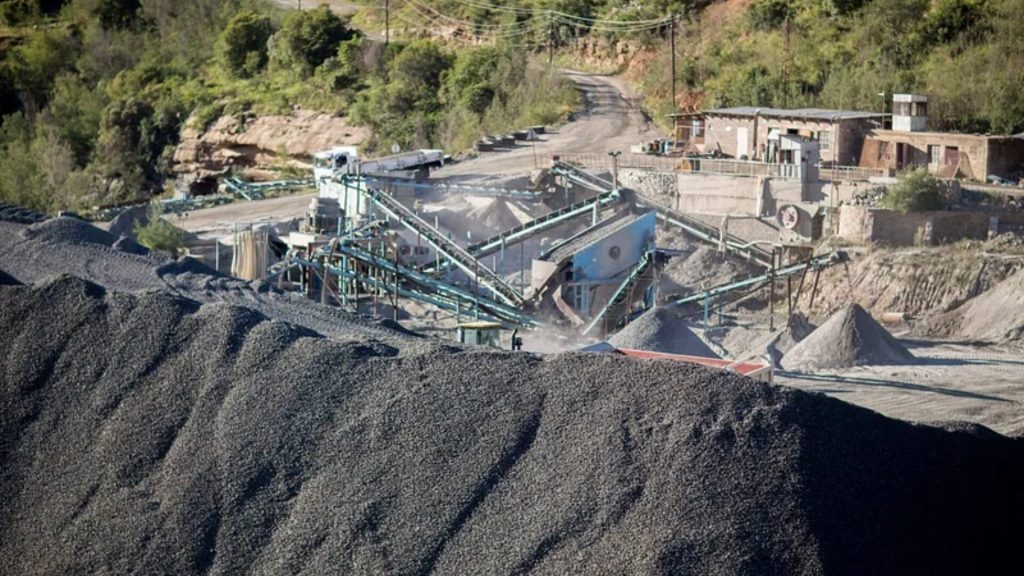
The research showed very high levels of this coal ash in the water. Not just in the water but also in the bodies of banded killifish living close to the coal ash dumps.
What Is Coal Ash?
Coal ash also referred to as coal combustion residuals or CCRs, is produced primarily from the burning of coal in coal-fired power plants. Coal ash includes a number of by-products produced from burning coal.

They include Fly ash, Bottom ash, Boiler slag, and Flue gas desulfurization material. Other types of by-products are fluidized bed combustion ash, cenospheres, and scrubber residues.
Coal Ash Concerns: Threats To Health And Environment
This research raises concerns for both people and wildlife. The Natural Resources Defense Council says that coal plants in the U.S. produce 110 million tons of coal ash annually. This is often stored in ponds prone to leaks, floods, or spills, sometimes causing severe damage.

The NRDC warns that metals in coal ash, like arsenic and chromium, can cause serious health risks from long-term exposure. These health risks include cancer, liver damage, and kidney damage. Short-term exposure can cause symptoms like nose and throat irritation, dizziness, nausea, vomiting, and trouble breathing.
Chesapeake Bay: Water Quality Concerns
The scientists found harmful substances in a river that flows into the Chesapeake Bay. The Chesapeake Bay provides drinking water for 75% of the watershed residents. That’s nearly 13 million people according to the Chesapeake Bay Program.
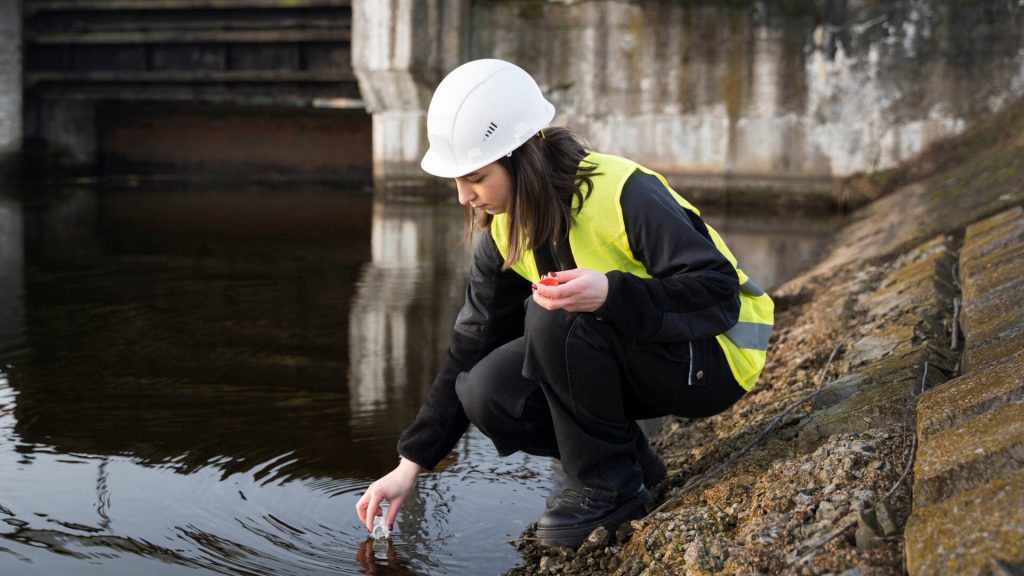
It also serves as a habitat for a variety of water animals. Its waters are important for Virginia and Maryland’s seafood industry. The industry is worth $2.8 billion, according to the Chesapeake Bay Foundation and government data.
Breaking Barriers: Dr. Frankel’s Discovery Of Hidden Threats In Waterways
Dr. Tyler Frankel led the project as its principal investigator. He is also an Assistant Professor of Environmental Sciences at the University of Mary Washington. Dr. Frankel and his team found previously unnoticed effects of trace metal pollution in waterways and marine life near coal ash dumps.
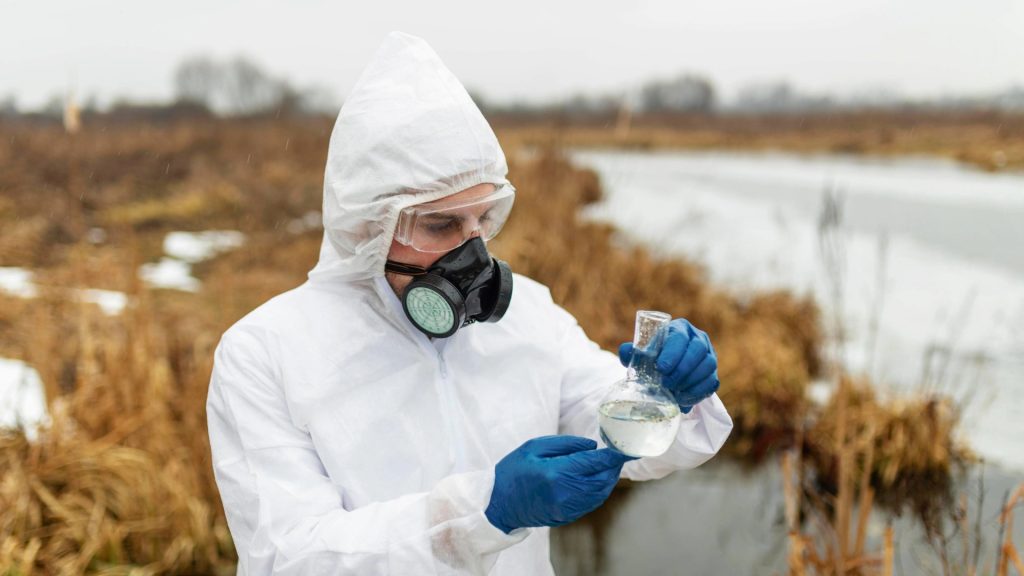
“These waterways serve as important routes for several migratory fish species and sensitive nursery habitats for various endemic species,” Frankel said. “Our work highlights the importance of considering this exposure pathway in conservation strategies.”
From Coal To Clean: Energy Transition
The pollution from coal plants isn’t limited to one aspect. The use of dirty energy sources like coal is a major contributor to global warming. However, there’s a silver lining: over the past two decades, the United States has closed down more than 600 coal-fired power plants.
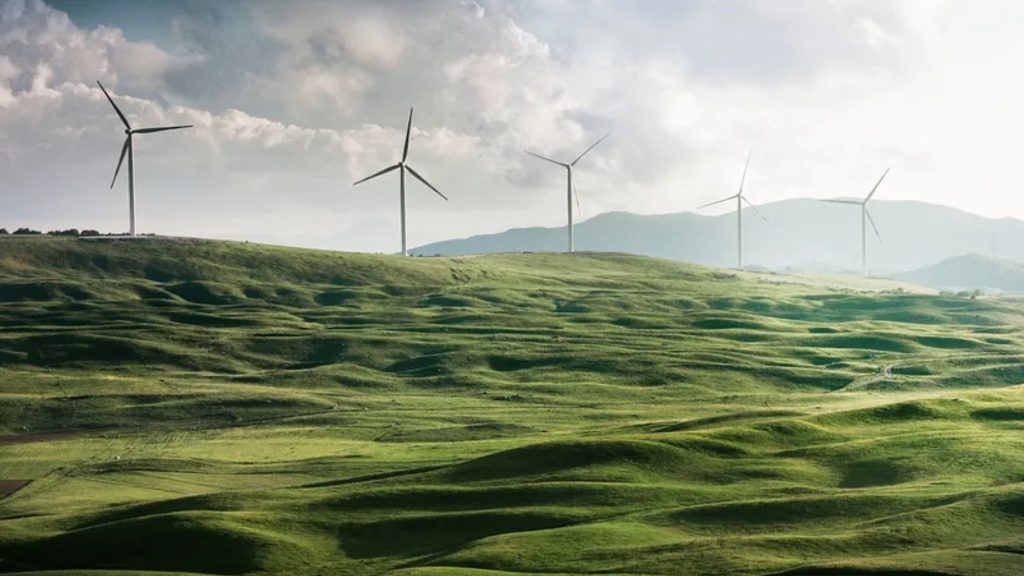
Many of them are now being repurposed into clean sources of energy like wind and solar farms. Michigan’s attorney general struck a deal with the state’s largest energy provider, Consumers Energy in 2022 to end the use of coal plants by next year.
EPA Coal Policy Reforms
In 2015, the Environmental Protection Agency (EPA) introduced the Coal Combustion Residuals rule. This rule gave guidelines for disposing of coal ash from coal-fired power plants across the country. However, Earthjustice pointed out a big problem in the policy. It didn’t have federal oversight for coal ash stored in older ponds and landfills.
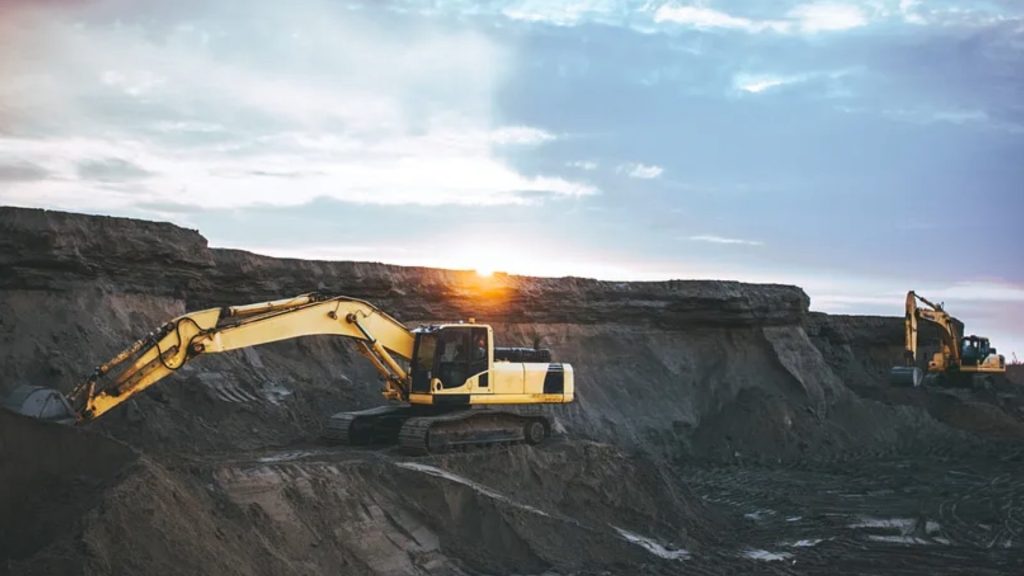
This exemption is said to have affected 566 sites in 40 states. “At many of these legacy sites, the EPA determined that coal ash has contaminated groundwater, but the 2015 rule did not require monitoring, closure, or cleanup at these sites,” Earthjustice wrote. “Those exempted coal ash ponds and landfills are sited disproportionately in low-income communities and communities of color.”
Closing Coal Ash Loopholes: Environmental Equity
In May last year, the EPA published a draft rule that would close this loophole. However, environmental groups said the proposed policy still didn’t meet the mark.

They also noted that the rule doesn’t apply to former coal plant sites lacking old ponds. Furthermore, it doesn’t address the use of coal ash in construction, such as in playgrounds and schools.
A Really Big Deal!
Coal ash is one of the largest industrial waste generated in the United States. Still, “This is a really big deal,” Lisa Evans, senior counsel for Earthjustice, told AP News.

“The Biden administration is standing up for people near hazardous coal waste sites around the country. For far too long, a large portion of toxic coal ash around the U.S. was left leaching into drinking water supplies without any requirement that it be cleaned up.”
Deadly Coal Pollution: Health Risks Revealed
Recent research, conducted about two months ago, found that coal-fired power plants have caused the deaths of at least 460,000 Americans in the last two decades. This is double the number of premature deaths previously estimated.

Cars, factories, fires, and power plants emit toxic air pollutants called fine particulate matter or PM2.5. These pollutants raise the risk of various medical conditions that can shorten life. These conditions include asthma, heart disease, low birth weight, and cancer.
Coal Ash: More Harmful Than We Thought
Coal plants causing the most deaths were found east of the Mississippi River. They were mainly in heavily industrialized states like Ohio and Pennsylvania. These areas historically saw power plants built near densely populated areas. However, every region had at least one plant connected to 600 deaths, with 10 plants associated with over 5,000 deaths during the study period.

“Air pollution from coal is much more harmful than we thought, and we’ve been treating it like it’s just another air pollutant,” said the lead author, Lucas Henneman, an assistant professor in the Sid and Reva Dewberry Department of civil, environmental and infrastructure engineering at George Mason University.

